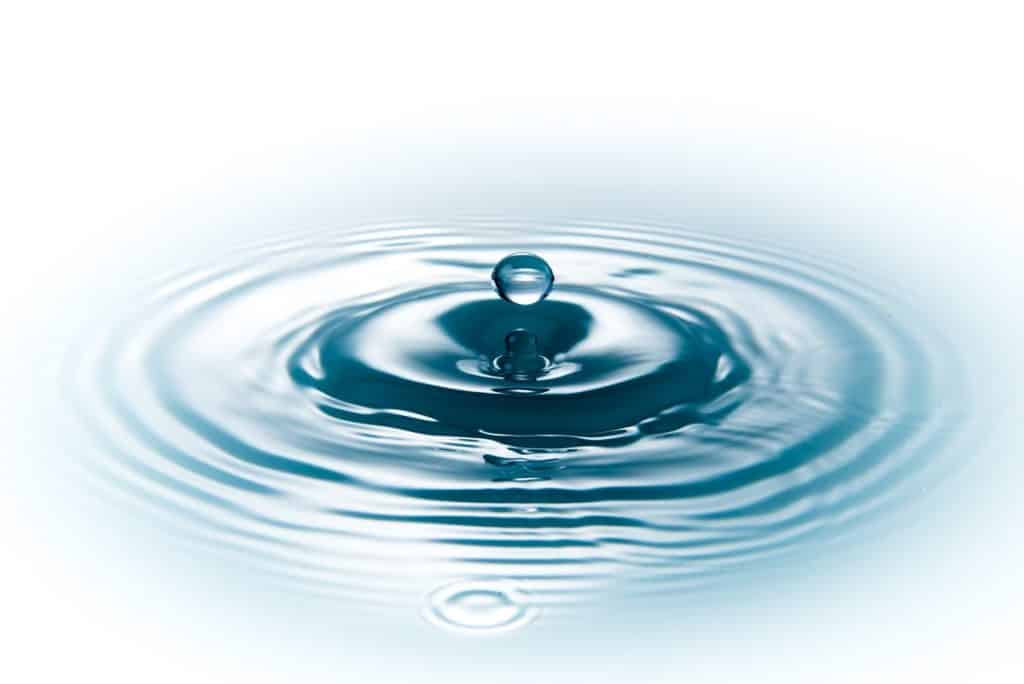Utah is on the brink of a water crisis, and its population boom is too high for government programs to catch up. Year-on-year, water levels are dropping, and Utah’s snow-capped mountains that serve as water towers have less and less snow. While now might not be the time to be alarmed, covering your bases isn’t a bad idea.
Build a Well
Tapping into the aquifer allows you to have relatively clean water for most of the year. Of course, you’ll still need to purify groundwater if you intend to drink it. If your area is open to new water rights, drilling a well for water might be an excellent option to consider. Groundwater is significantly cleaner than river or lake water, but it can still be contaminated with overruns from farming or residential water.
An incident in Australia sent thousands of people to the hospital, as their groundwater was contaminated with sheep far overruns. While Utah’s groundwater is still considered safe, algal blooms and man-made chemicals in rivers and lakes herald a crisis that might soon reach deep into the ground.

Harvest and Store Rainwater
Utah has several programs encouraging rainwater harvesting, and you can easily set up a system for your home. It can be as simple as placing a 50-gallon barrel (which the Utah River Council gladly offers for $50) or a more complex harvesting system that integrates water tanks for storage and subsequent use.
A plastic 1,000-gallon water tank costs less than $600, providing you with at least a week’s worth of water. You can have several of these tanks or even larger ones that can hold over 50,000 gallons. State officials are encouraging the use of rainwater gathering systems as they somewhat reduce the flow of water into the storm drains.
Residential runoffs are one of the leading causes of pollution and contamination of the waterways, as traces of caffeine, methamphetamines, and nicotine have been found in streams and rivers. Residential runoffs are also partly to blame for the algal blooms in waterways.
Recycle Your Water
One way to ensure adequate water supply is by increasing the efficiency of your use of water. A water recycling system or gray water system can re-purpose and store water from your shower, laundry, and sinks — which you can then use to flush toilets, clean the car, or water your lawn. Soapy water shouldn’t have adverse effects on grass, but more sensitive plants might have an issue with it.
Of course, not every drop of water can be recycled. Water used to clean the dishes will contain oil and organic matter, and water used when changing a baby is unsuitable. A water recycling system might seem costly and involve a lot of work, but integrating one into your home is relatively simple and would probably cost you less than $2,000.
Water is getting more and more precious. As Utah’s population rises, there might come a time when the water supply won’t be able to meet the demand. Get your water from multiple sources and increase the efficiency of how you use it.
